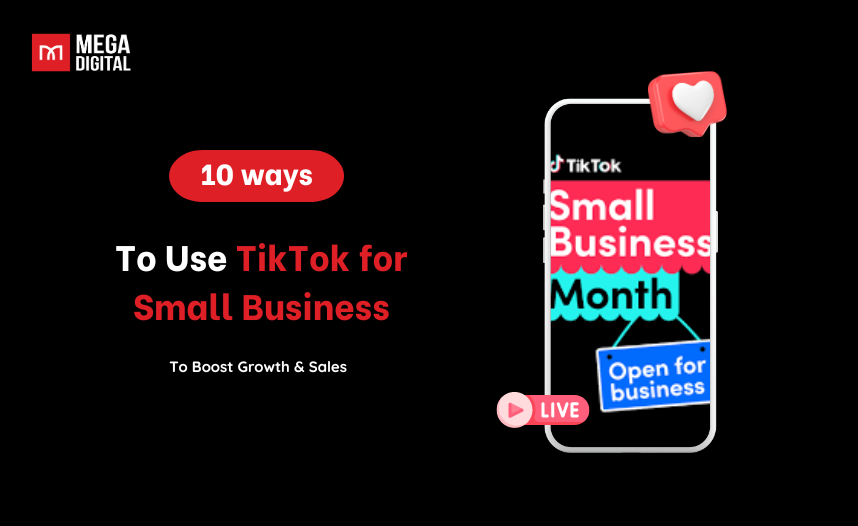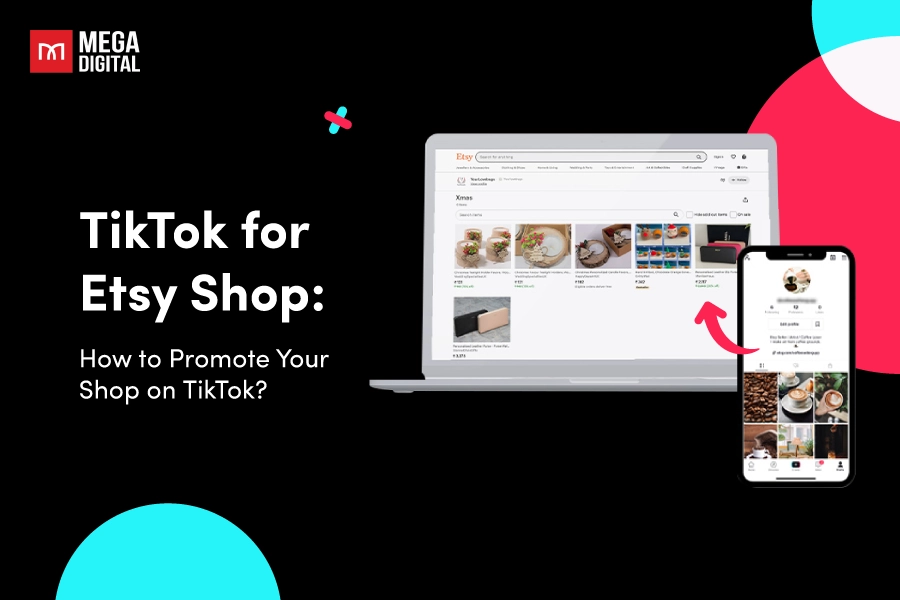Dropshipping can sometimes feel like a puzzle with too many pieces, from managing suppliers to creating compelling ads. The good news? You don’t have to handle everything manually. The right AI tools can automate repetitive tasks, streamline your processes, and even offer insights that would take hours to discover on your own. According to a GoodFirms study, three-quarters of the businesses surveyed reported already having investments in AI at the beginning of 2025. So don’t be the one left behind by this tech trend. Let’s explore the top 15 dropshipping AI tools that can transform how you run your business.

Source: Goodfirms
15 Best AI Tools for Dropshipping
I have gathered detailed info on review rates, what purpose these tools serve, their key features, and pricing plans of the top tools for dropshipping using AI.
Let’s take a look!
1. Spocket
- Trustpilot Review: 4.8*
- Best For: Simplifying product sourcing with high-quality suppliers, especially for those targeting US and EU markets.
- Pricing:
- Free plan: Limited access to suppliers and products.
- Starter plan: $24.99/month for up to 25 products.
- Pro plan: $49.99/month for up to 250 products and premium supplier access.
- Empire plan: $99.99/month for unlimited products.
When it comes to finding trustworthy suppliers, Spocket sets a high bar. It provides access to thousands of products from suppliers in over 20 countries, ensuring a wide variety of high-quality options.
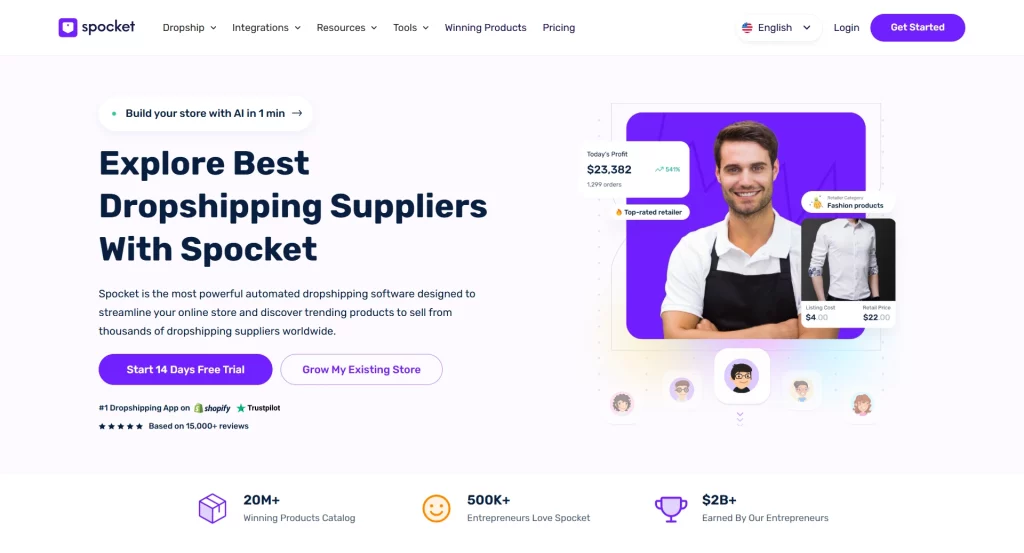
Spocket also offers branded invoicing for a professional customer experience and real-time inventory updates to avoid overselling. Shipping times can be as fast as 3-5 days in specific regions, making it ideal for businesses prioritizing customer satisfaction.
Insider tip: Take advantage of its premium supplier options if you’re serious about standing out with exclusive, high-quality products. While pricing might seem steep for beginners, the value offered through fast shipping and branded invoicing more than compensates.
2. AutoDS
- Trustpilot Review: 4.8*
- Best For: Automating backend operations like inventory management and order fulfillment.
- Pricing:
- Starter plan: $19.90/month for 100 products.
- Advanced plan: $39.90/month for 1,000 products.
- Enterprise plans available.
AutoDS connects with over 25 suppliers for seamless product importing and tracks up to 100+ metrics through its analytics dashboard. It provides real-time updates for pricing and stock changes to keep you ahead.
Efficiency is key in dropshipping, and AutoDS delivers just that. Occasional syncing issues mean you should double-check critical updates, but its time-saving features are invaluable for businesses or individuals operating automated dropshipping models.
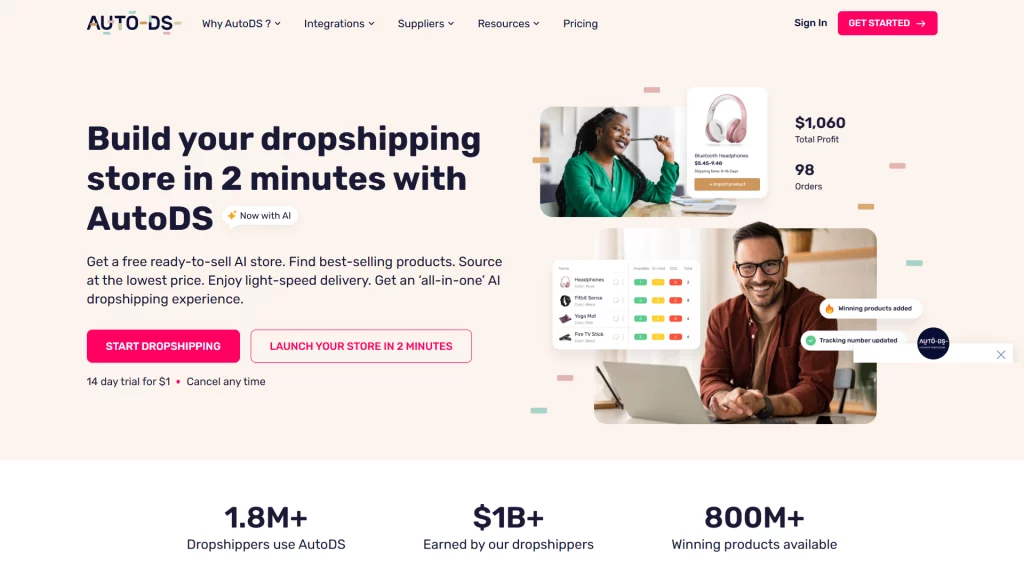
3. PagePilot
- Trustpilot Review: 4.7*
- Best For: Designing high-converting landing pages for your store.
- Pricing: Plans start at $25/month for basic features; advanced plans available for scaling.
PagePilot helps you craft stunning landing pages that drive sales. Its AI suggests layouts and content tweaks based on your target audience, ensuring maximum effectiveness. For dropshippers running paid ads, this tool is a must-have to ensure every click counts. To make the most of this tool, pair it with a well-thought-out marketing strategy.
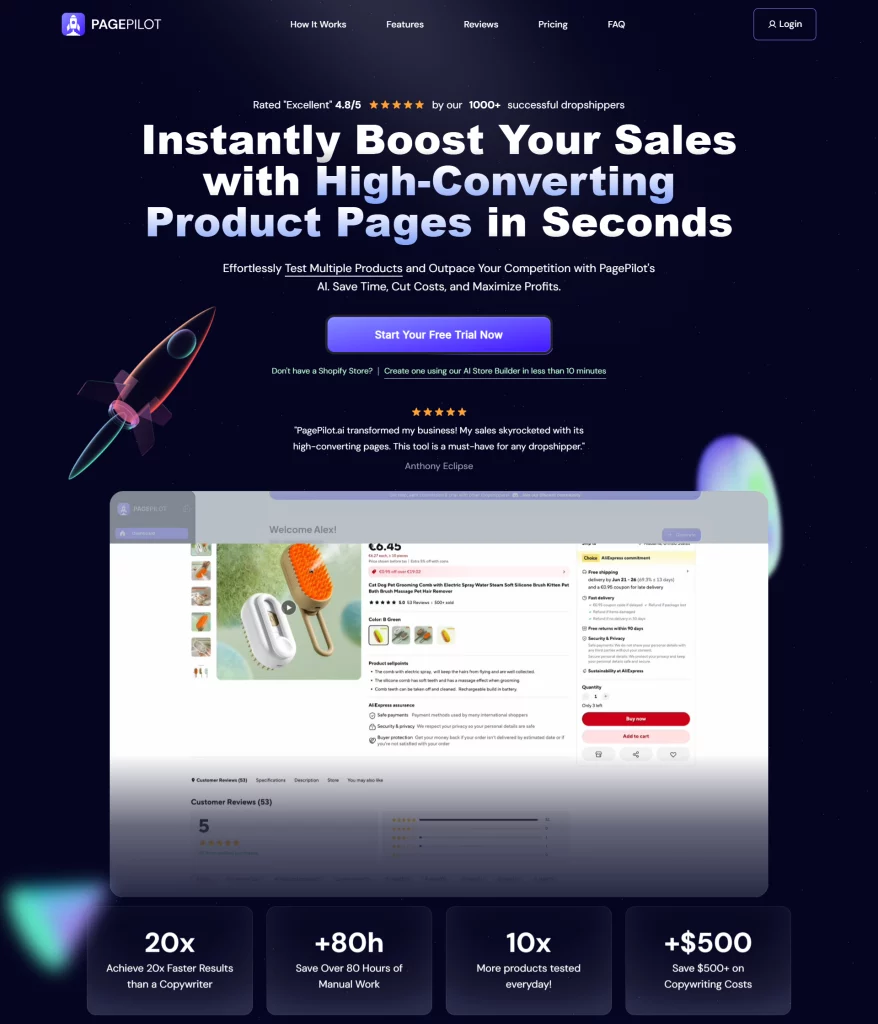
4. Tidio
- Trustpilot Review: 4.4*
- Best For: Streamlining customer support with automated and live chat options.
- Pricing:
- Free plan: Basic live chat and chatbot features.
- Communicator plan: $19/month per operator.
- Chatbots plan: $39/month for 40,000 interactions.
- Custom pricing for advanced operations.
Tidio’s AI chatbot is capable of resolving up to 70% of queries, saving valuable time for your team. It integrates with 15+ platforms, including Shopify and WordPress, and offers customizable chat widgets with multilingual capabilities to cater to a global audience.
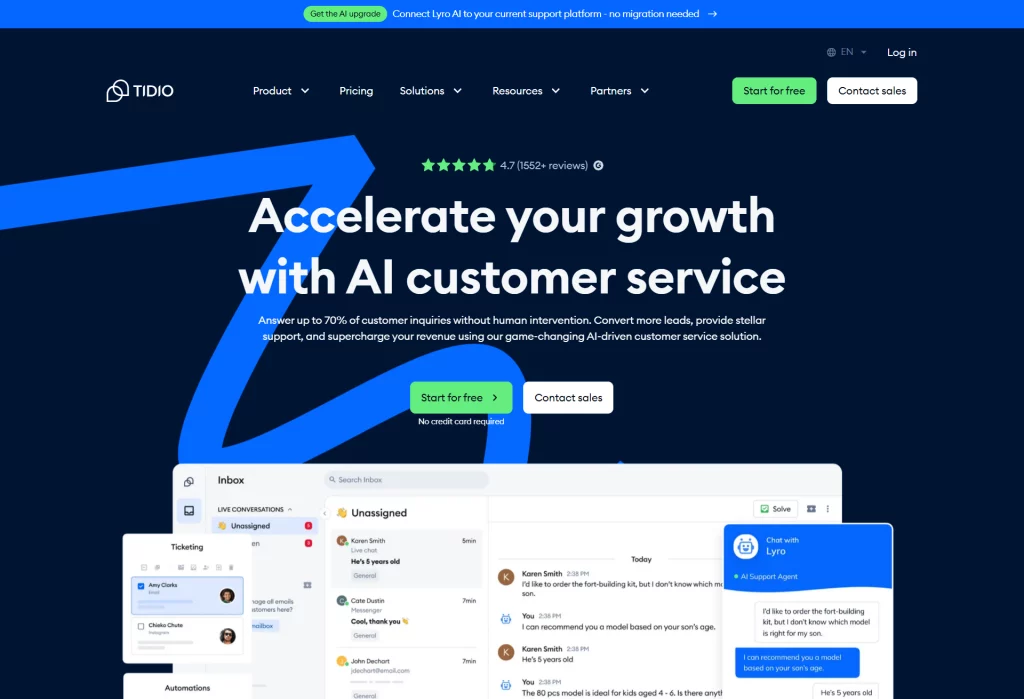
With Tidio, customer support becomes less of a headache. Its ability to handle repetitive queries and provide real-time support efficiently allows businesses to focus on more complex customer needs. For high-traffic stores, Tidio’s chatbot plan is worth every penny.
5. Debutify
- Trustpilot Review: 4.6*
- Best For: Creating high-converting Shopify themes tailored for dropshipping.
- Pricing:
- Free plan: Basic theme access.
- Starter plan: $29/month with advanced features.
- Growth plan: $79/month for multiple stores.
Debutify, one of the best dropshipping AI tools, is more than just a theme provider; it’s a complete eCommerce toolkit. Its pre-built templates are designed to maximize conversions while offering fast load times. Dropshippers love the simplicity of setup and the ability to customize. Upgrading unlocks powerful add-ons like upsells, chat support, and more, making it worth the investment for scaling stores.
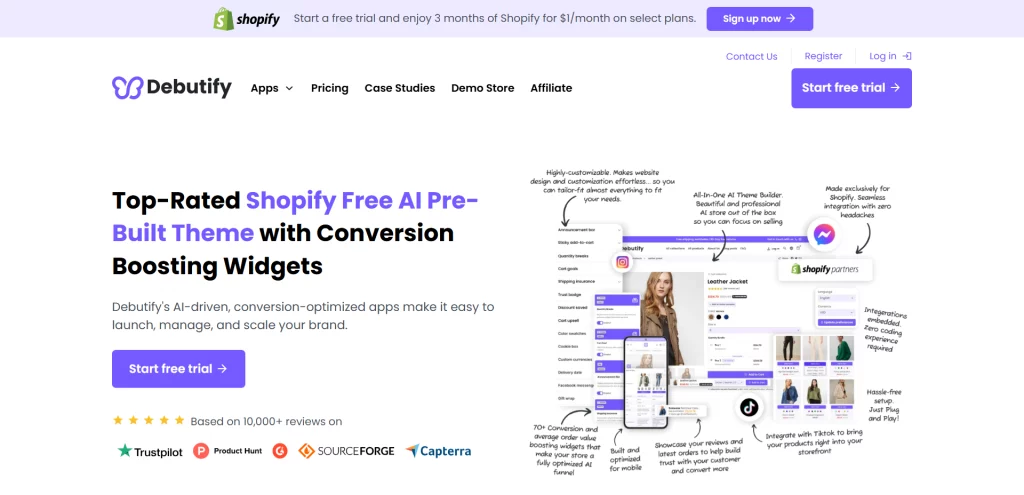
6. Chargeflow
- Trustpilot Review: 4.2*
- Best For: Handling payment disputes and chargeback management.
- Pricing: Custom pricing based on transaction volume and features.
Chargeflow takes the hassle out of dealing with chargebacks by automating the entire process. Its AI identifies potential disputes early and creates comprehensive responses to help you win cases. For dropshippers, this tool is invaluable in maintaining cash flow and reducing losses due to fraud. While tailored for larger operations, it’s a worthy investment for scaling businesses.
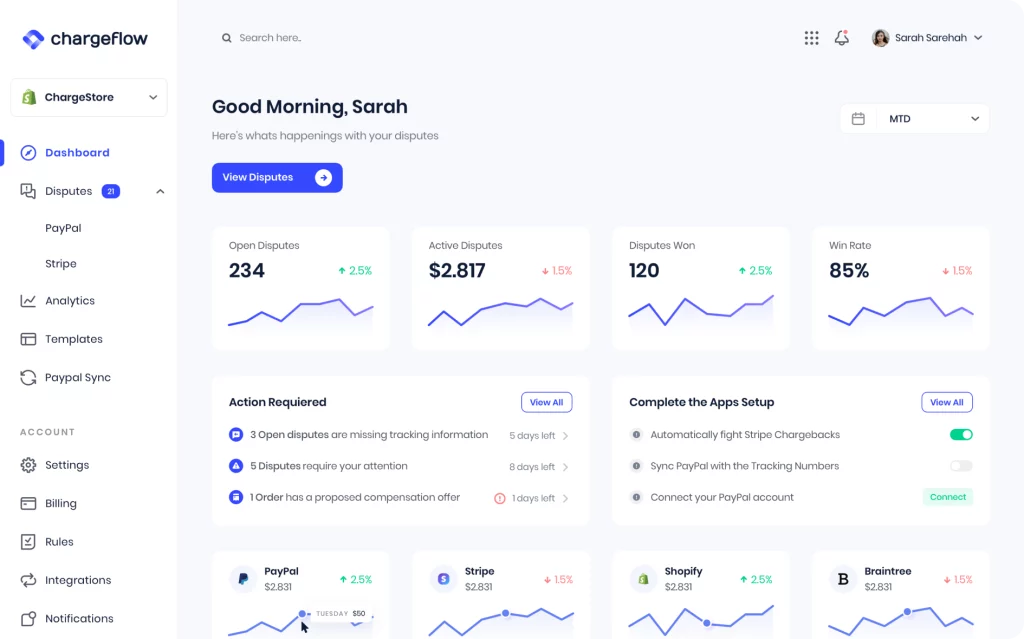
7. Predis.ai
- Trustpilot Review: 4.2*
- Best For: Crafting social media posts and marketing strategies with AI.
- Pricing:
- Free plan: Limited features.
- Basic plan: $25/month for regular use.
- Advanced plans available for agencies.
Predis.ai simplifies social media marketing by taking over content creation and optimization. Its AI learns your business’s style and produces posts that align with your audience’s preferences.
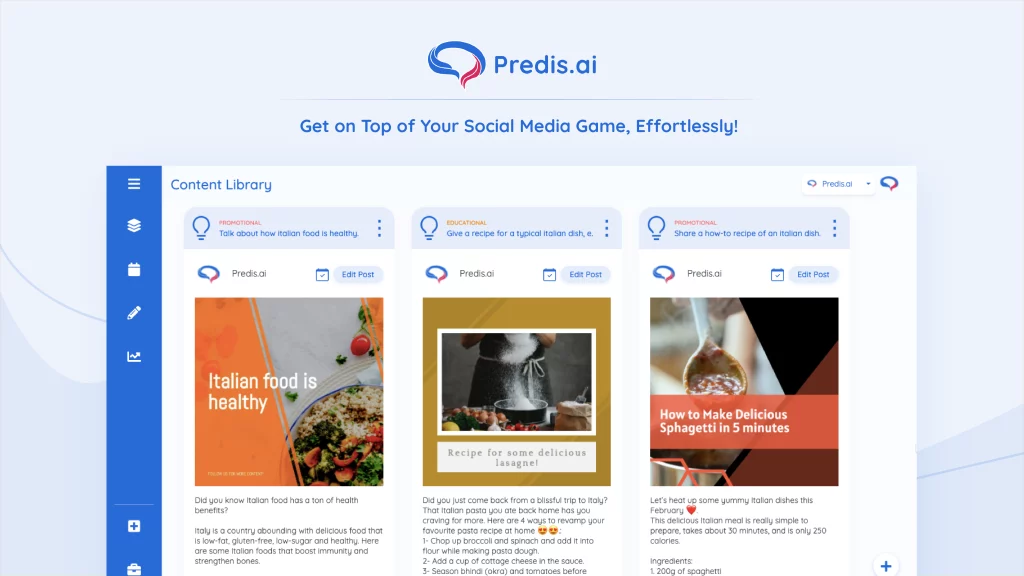
For dropshippers running social ads or organic campaigns, the AI-generated content of this tool can save hours each week. Plus, its engagement suggestions help improve campaign effectiveness. However, its analytics might feel basic compared to standalone platforms like Hootsuite.
8. Jasper
- Trustpilot Review: 4.1*
- Best For: Writing product descriptions, ads, and other marketing materials with precision and creativity.
- Pricing:
- Starter plan: $49/month for up to 35,000 words.
- Boss Mode: $99/month for advanced features and up to 100,000 words.
- Enterprise plans are available for large-scale needs.
Jasper comes equipped with over 50 content templates tailored for different needs and supports 25+ languages, making it a game-changer for global sellers. Its integration with Surfer SEO enhances search rankings, ensuring your content isn’t just well-written but also highly visible online.
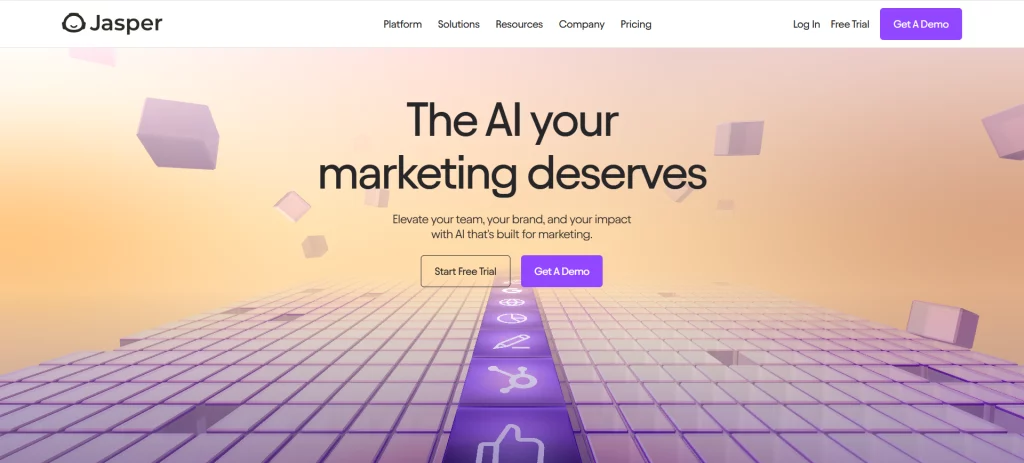
Its multilingual capabilities are a game-changer if you’re targeting international markets. From crafting SEO-friendly descriptions to generating catchy ad copy, Jasper excels in reducing the mental load of writing. However, if you’re just starting, the cost might feel high compared to other tools.
Pro tip: Use its Boss Mode for complex campaigns where attention to detail is critical.
9. AdCreative.ai
- Trustpilot Review: 4.0*
- Best For: Crafting high-performing ad creatives in minutes.
- Pricing:
- Basic plan: $29/month for 10 creatives.
- Professional plan: $59/month for 25 creatives.
- Custom enterprise plans available.
AdCreative.ai combines creativity with data-driven insights, allowing you to craft ads that resonate with your audience. The predictive scoring feature ensures you’re not wasting ad spend. For those managing multiple campaigns, this tool offers significant value by streamlining the creative process.
AdCreative.ai can increase conversion rates by up to 14% with AI-optimized designs. Its predictive performance scoring refines ad strategies, and the tool integrates seamlessly with platforms like Facebook and Google.
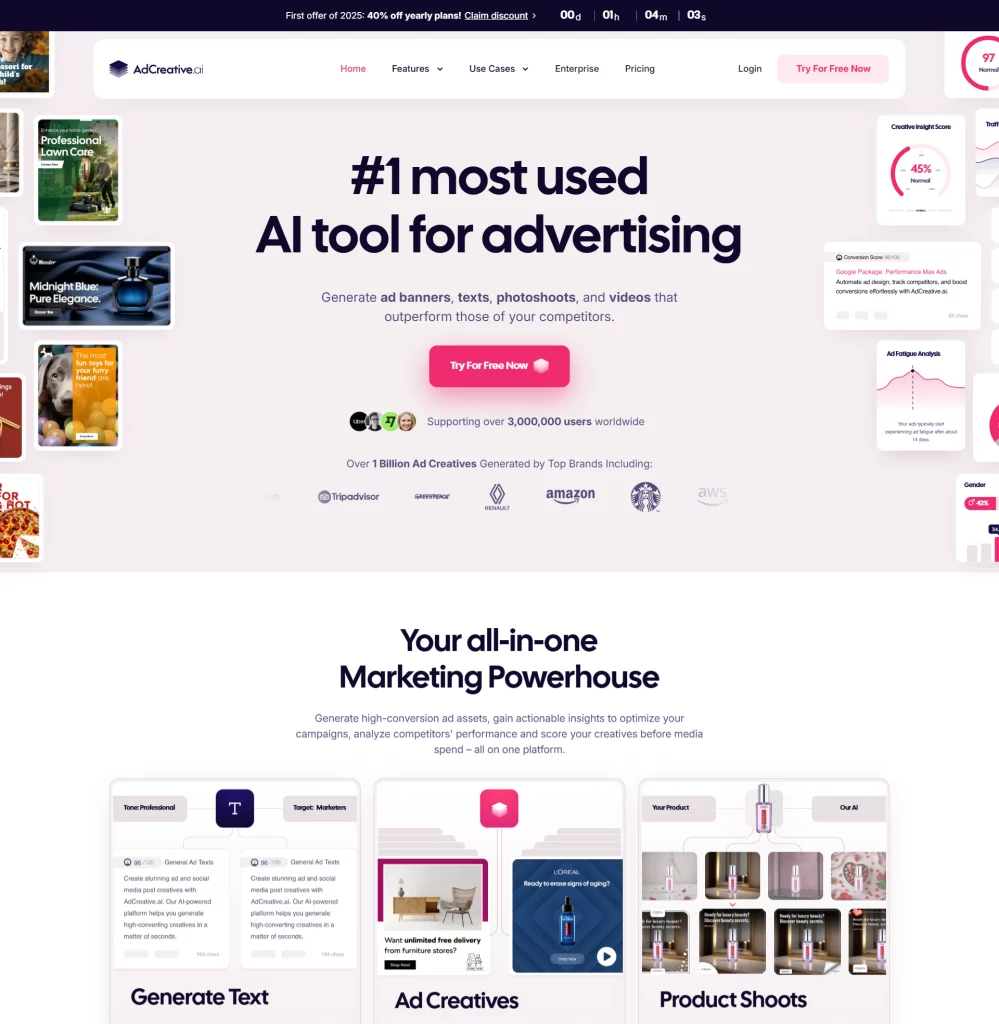
10. Flair
- Trustpilot Review: 3.2*
- Best For: Creating high-quality branding materials like logos and visual assets.
- Pricing: Starts at $29/month for basic features; higher plans available for advanced needs.
Flair instantly generates 10+ design variations for your brand needs and offers optimized templates for multiple platforms, reducing design time by up to 70%. It also supports quick exports for seamless use across campaigns.
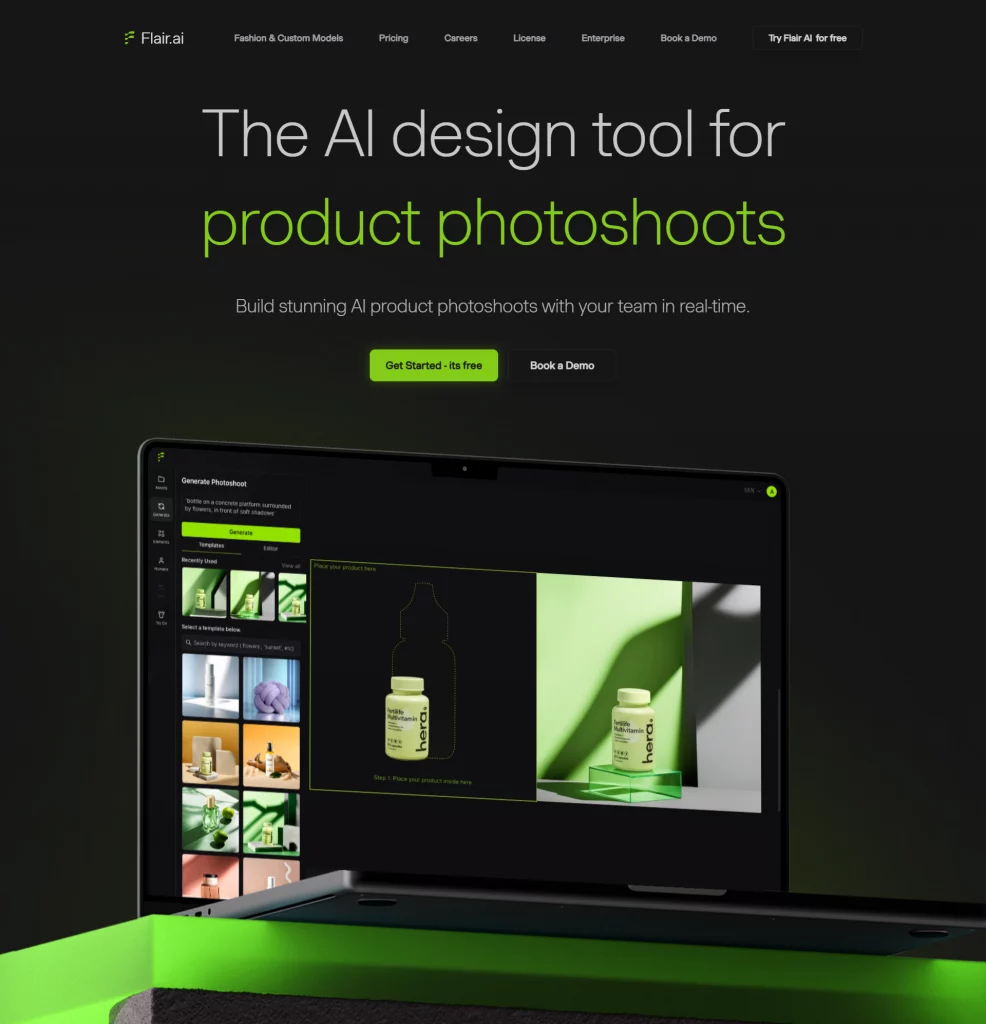
This tool is perfect for sellers who need professional designs without hiring a designer. Its AI-powered templates are a lifesaver for creating polished visuals quickly. For small businesses, it’s an affordable way to maintain a professional brand identity, though advanced customization may require external tools.
11. Pencil
- Trustpilot Review: 3.2*
- Best For: Running data-backed ad campaigns and A/B testing.
- Pricing:
- Basic plan: $49/month.
- Team plan: $79/month with collaborative features.
- Enterprise plans available for larger needs.
Pencil’s strength lies in its ability to optimize ad performance quickly. The insights it provides allow teams to make informed decisions without wasting time or resources. However, its cost might be a consideration for smaller teams just starting out.
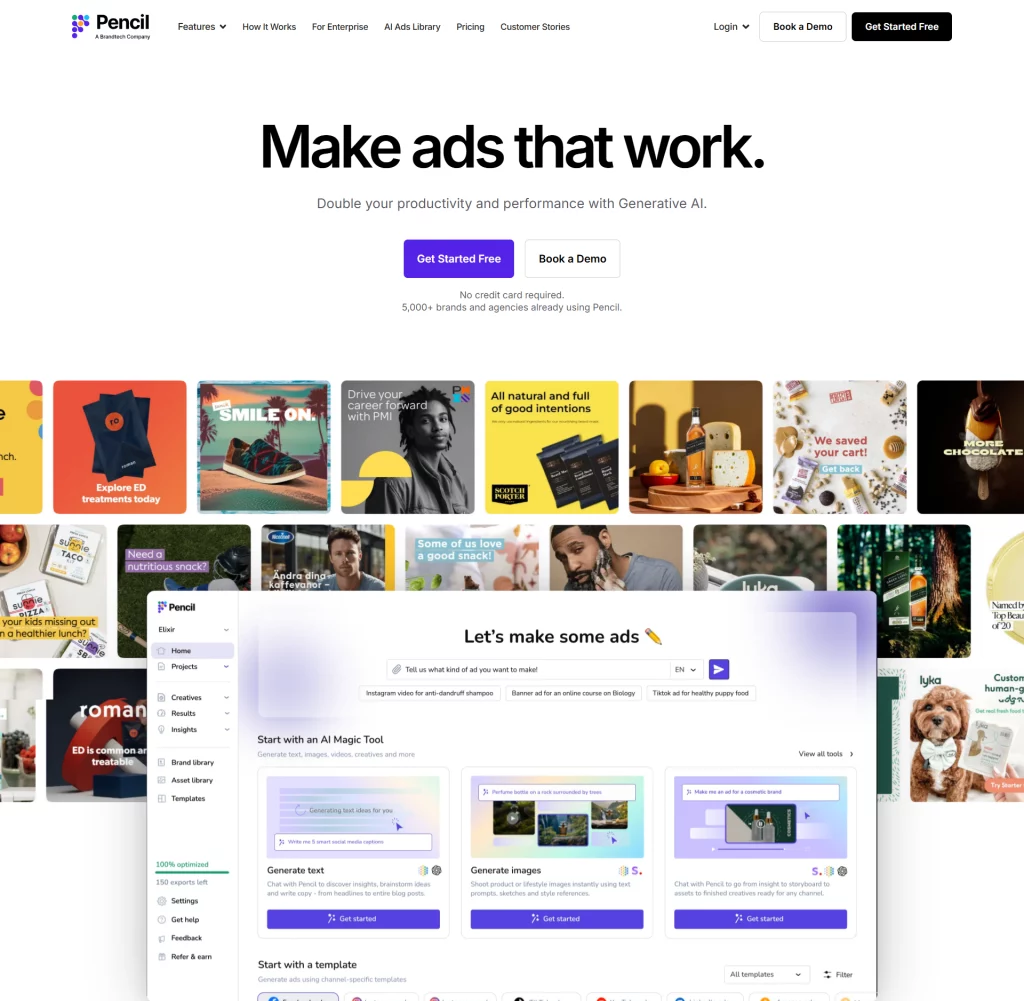
Pencil can generate up to 20+ ad variations simultaneously and provides insights from billions of past campaign data points, ideal for teams collaborating on large campaigns.
12. ChatGPT
- Trustpilot Review: N/A (as of now)
- Best For: Brainstorming strategies, automating customer interactions, and generating fresh ideas.
- Pricing:
- Free tier: Access during non-peak hours.
- ChatGPT Plus: $20/month for faster response times and priority access.
ChatGPT handles over 100 use cases, including content creation, customer service, and brainstorming. It offers human-like interactions for better customer engagement and supports API integration for custom workflows.

Whether you’re stuck on marketing ideas or need help with quick customer responses, ChatGPT is like a Swiss Army knife for dropshipping entrepreneurs. Its adaptability makes it an indispensable AI for dropshipping.
However, keep in mind that the more detailed the prompts, the better the results, so a little effort on your part can unlock its full potential.
>>> Read more: 10 Best Platforms for Dropshipping to Maximize Profits This Year
13. Maverick
- Trustpilot Review: N/A (as of now)
- Best For: Building customer relationships through personalized video messages.
- Pricing: Custom pricing based on your needs.
Customer experience is the name of the game, and Maverick takes it to a whole new level with personalized video marketing. Maverick uses scalable AI video personalization to create thousands of unique customer messages. Its integration with CRMs ensures seamless data syncing, making it ideal for retention campaigns and post-purchase engagement.
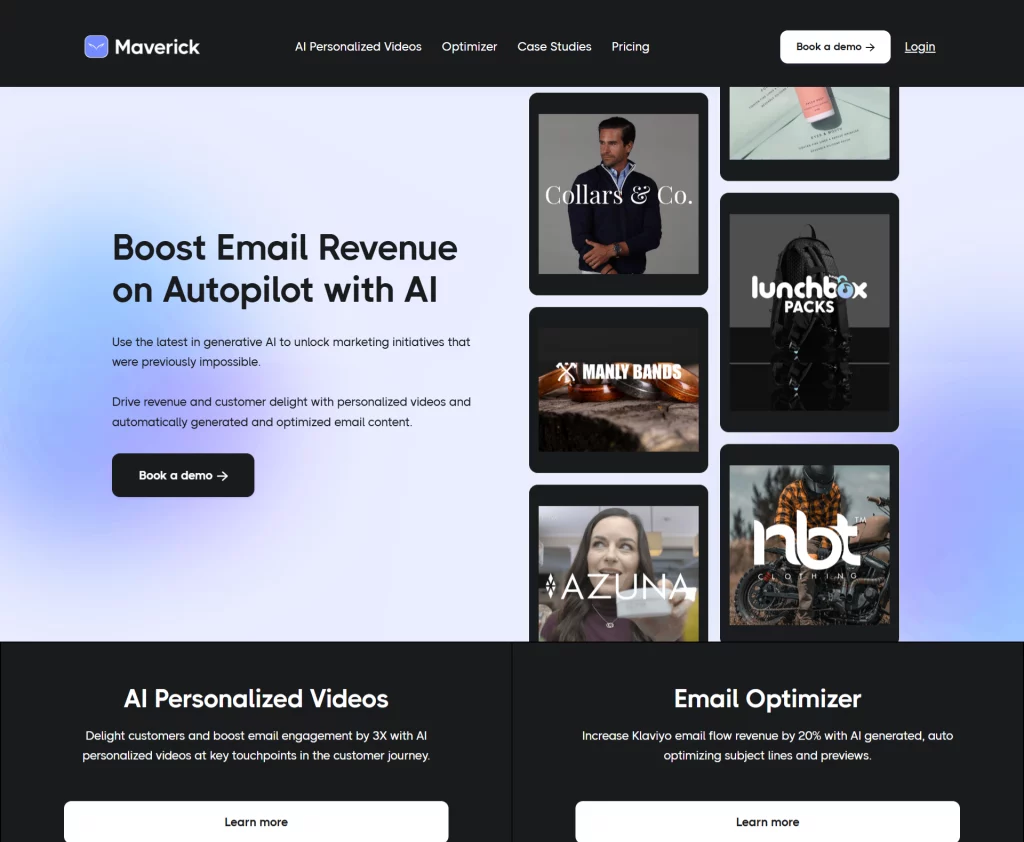
For those willing to invest in creating memorable interactions, this tool offers great returns. However, budget-conscious sellers might find custom pricing challenging.
14. Sniffie (Pricen.ai)
- Trustpilot Review: N/A (as of now)
- Best For: Real-time dynamic pricing optimization.
- Pricing: Custom pricing based on usage.
Sniffie (Pricen.ai) processes thousands of data points daily for accurate pricing and automatically adjusts prices multiple times a day. It integrates with major eCommerce platforms like Shopify, ensuring competitive pricing strategies.
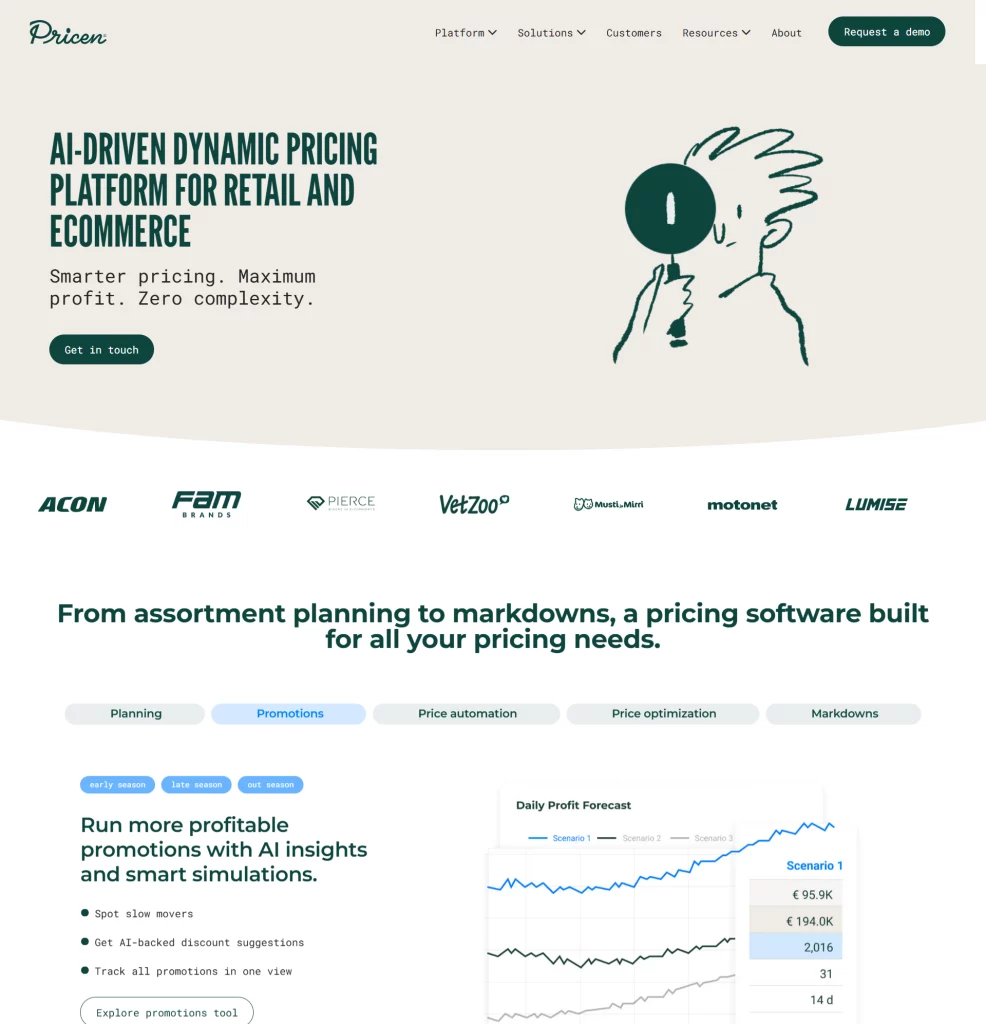
Staying competitive in pricing can be a game-changer, and Sniffie ensures you’re always ahead. By analyzing market trends in real-time, it takes the guesswork out of product pricing strategy. While it’s incredibly useful for large-scale operations, smaller businesses might find the custom pricing structure less transparent.
15. Commerce AI
- Trustpilot Review: N/A (as of now)
- Best For: Analyzing market trends and customer preferences.
- Pricing: Custom pricing based on data volume and features.
Commerce AI offers AI-driven market research to identify winning products and uses sentiment analysis to understand customer feedback better. Its integration with popular eCommerce platforms ensures seamless operations. While it’s an excellent tool for strategic decision-making, its pricing may be steep for startups.
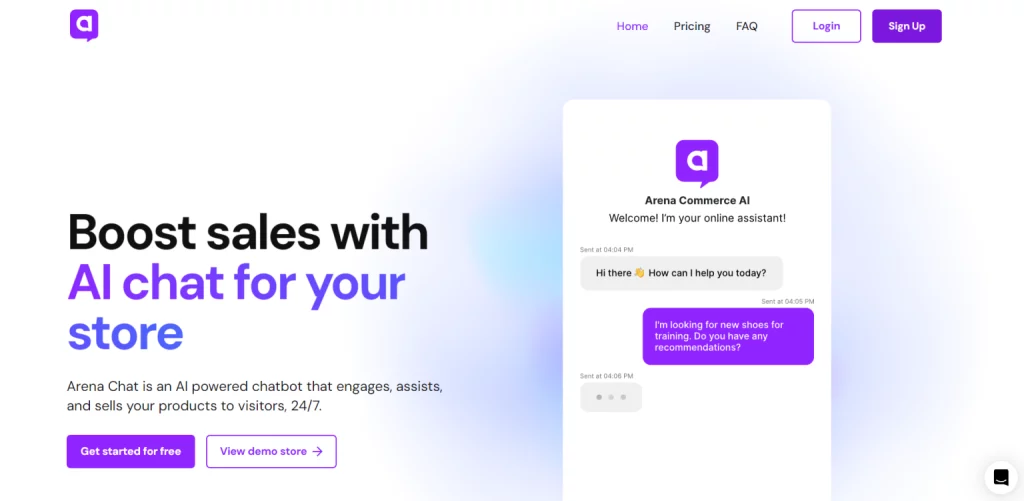
Common Pitfalls When Using Dropshipping AI Tools (How to Overcome)
While using AI for dropshipping can be game-changing, it is not infallible. Missteps in implementation or over-reliance on automation can lead to inefficiencies or missed opportunities. Here are some of the most common pitfalls, along with detailed explanations and actionable insights to overcome them.
1. Skipping the Learning Phase
Complex dropshipping AI tools with advanced capabilities often require time and practice to master. Diving straight into their most intricate features without a proper understanding can lead to underwhelming results or missed opportunities.
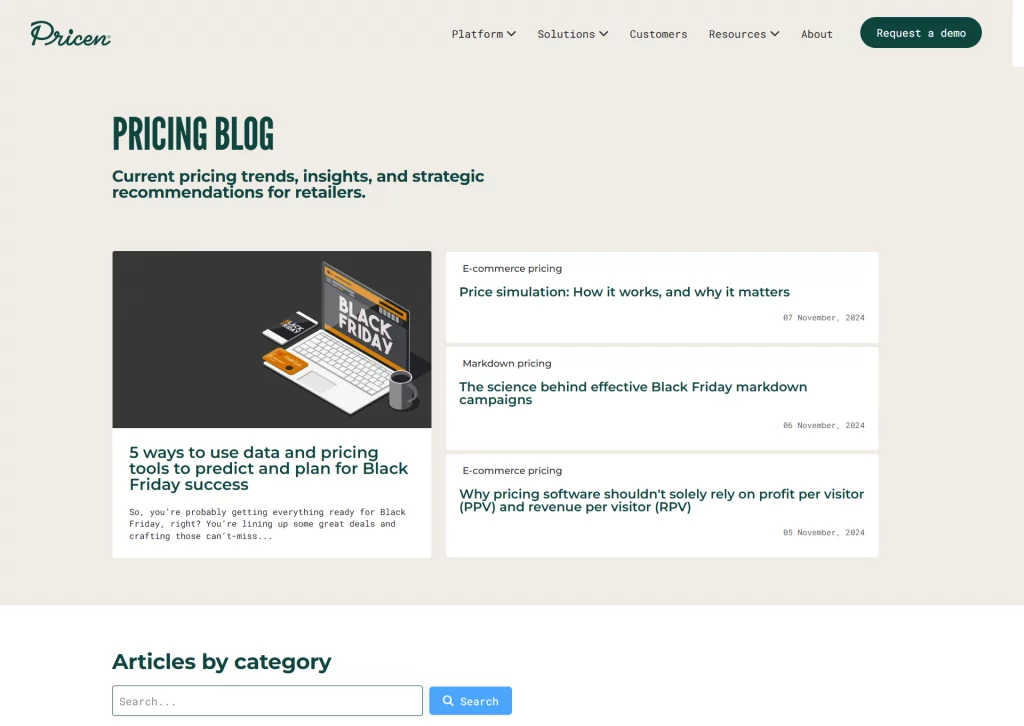
For instance, using Jasper for content creation without understanding prompt optimization may leave you with generic outputs.
Expert Insight: Don’t rush. Start with basic functionalities and gradually explore advanced features. Many tools offer tutorials, webinars, or even dedicated support teams. Use these resources extensively. As someone who’s worked with a range of AI platforms, I can tell you that a little upfront learning pays huge dividends in the long run.
2. Relying Entirely on AI for Content Creation
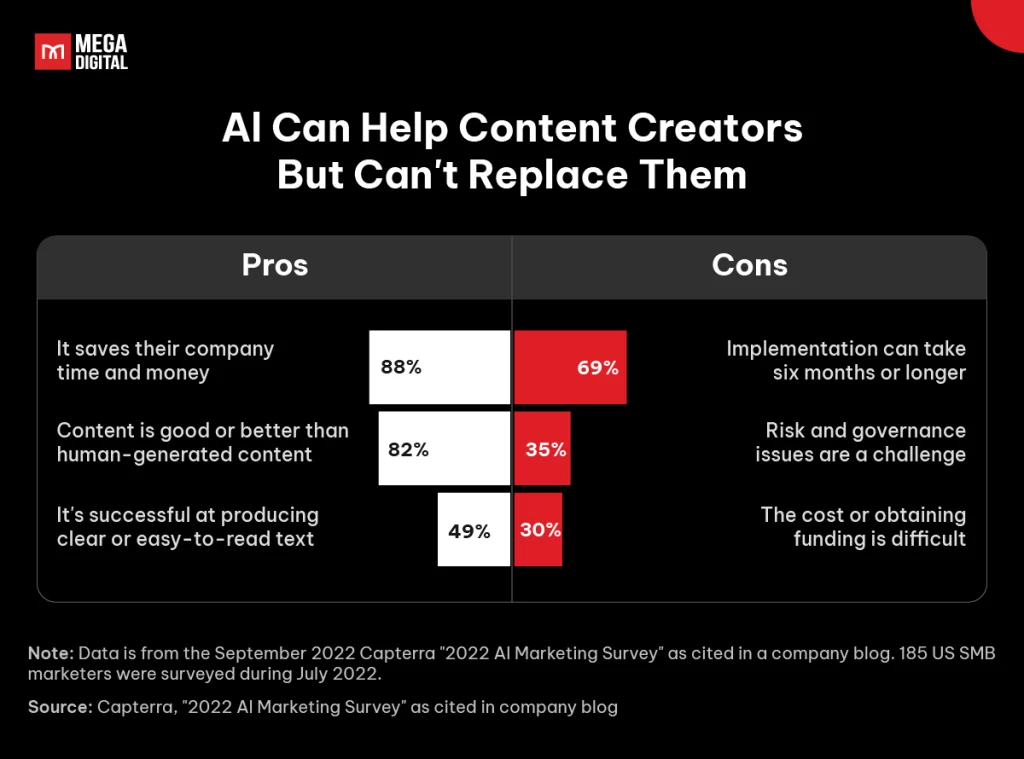
While AI can churn out copy at lightning speed, it often lacks the personal touch that connects with audiences. Relying solely on it may result in messaging that feels bland or robotic, missing the nuances of your brand’s voice.
Expert Insight: Use AI as a starting point, not the final word. Let it draft the framework, and then inject your brand’s personality, tone, and specific customer insights. For example, enhance product descriptions with storytelling elements or customer testimonials that AI can’t generate on its own.
3. Budget Overload From Multiple Subscriptions
With so many enticing AI tools available, it’s easy to subscribe to more than you need, quickly ballooning costs. Small businesses especially may find themselves struggling to justify the expense if results don’t immediately align with their investments.
Expert Insight: Be strategic. Start with one or two tools that address your most pressing needs, like inventory management or ad creation. Once these deliver measurable results, consider expanding your toolkit. Remember, it’s about quality, not quantity. Tools like AutoDS that bundle multiple functions can be particularly cost-effective.
4. Overlooking Data Security Risks
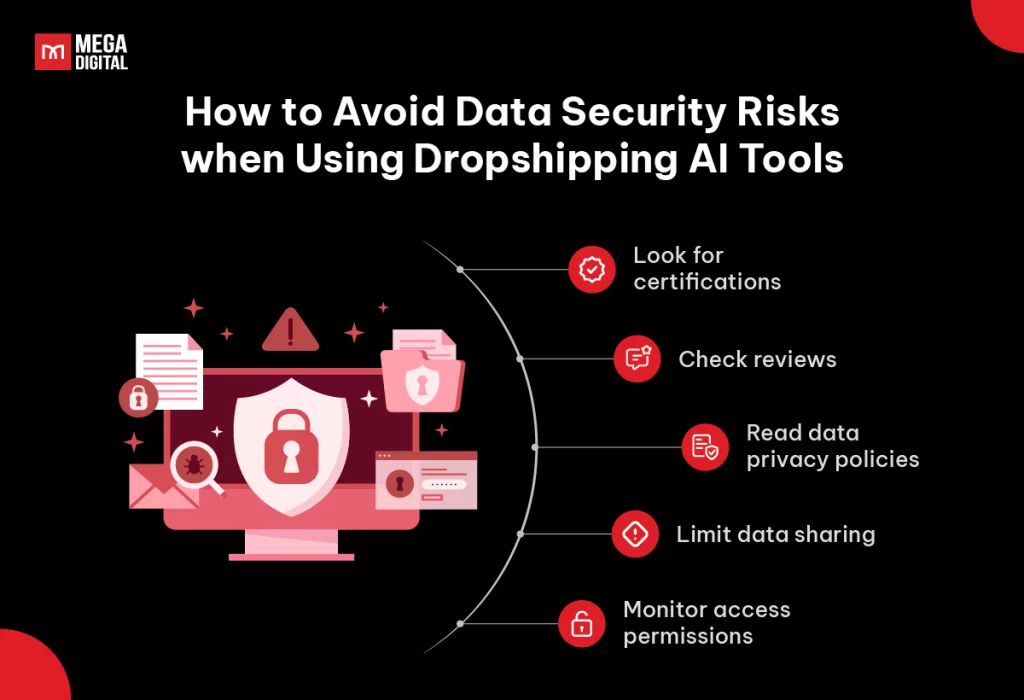
In the age of data, security is paramount. Many tools require access to sensitive information, such as customer data or business analytics. Without proper safeguards, this information could be vulnerable to breaches.
Expert Insight: Always evaluate a tool’s security measures before integrating it into your operations. Look for certifications like GDPR compliance and read reviews to gauge reliability. Having consulted businesses navigating cross-border compliance, I’ve seen how critical robust data policies are to maintaining trust.
5. Unrealistic Expectations
Even the best tools aren’t miracle workers. For instance, AdCreative.ai can generate visually appealing ads, but those ads won’t perform well if your targeting strategy is off. Expecting tools to solve every problem without human input often leads to disappointment.
Expert Insight: Think of AI tools as powerful assistants, not omniscient problem solvers. They excel when paired with clear strategies and human oversight. Before using tools for marketing or operations, take the time to define your goals and outline how AI can assist in achieving them.
6. Over-Automation Without Oversight
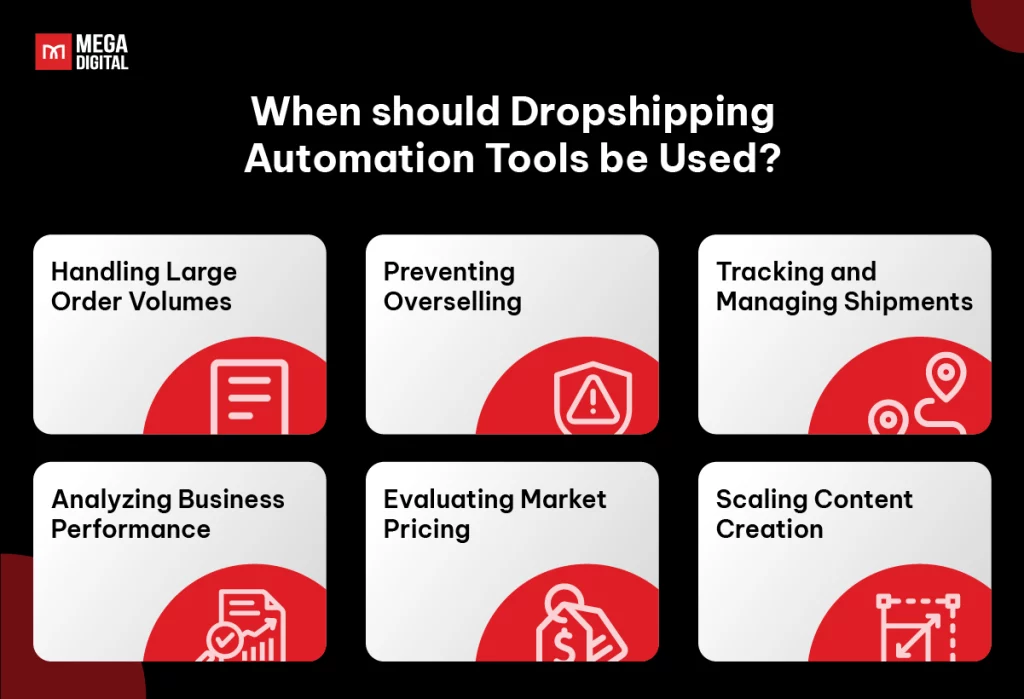
Automation promises convenience, but leaving systems entirely unchecked can spell trouble. Imagine an automated inventory tool failing to update a product’s stock status correctly, leading to overselling. Or consider a chatbot misinterpreting nuanced customer queries, causing frustration instead of resolving issues.
Expert Insight: Automation should enhance your operations, not replace oversight. Set up alerts for critical actions like low-stock warnings and periodically review automated responses for accuracy. Think of it as a co-pilot: you’re still the one steering the ship but with a lot less effort.
7. Falling Behind on Updates
AI tools frequently release updates that improve performance or introduce new features. Failing to keep up can result in missed opportunities, outdated workflows, or even vulnerabilities.
Expert Insight: Make it a habit to check for updates and read release notes. Staying informed about what’s new can help you maximize the tool’s value. If a tool is critical to your operations, designate someone to stay on top of these updates and assess their relevance.
Final Thoughts
Dropshipping success isn’t just about working hard—it’s about working smart. These best dropshipping AI tools are designed to streamline operations, maximize profits, and make your life easier. However, while AI tools are incredible assets for dropshipping, they’re not magic wands. Pick the ones that align with your goals, avoid the common rookie mistakes, and you’ll be well on your way to success.







